Social Forces and Cultural Factors Influencing Farm Transition
Numerous studies demonstrate that farm transitions are influenced by farm family dynamics, socio-cultural values, land tenure, succession, and community factors in addition to economic conditions. While researchers and policymakers may inherently know that social forces and cultural factors are important to farm household survival and succession, it is often difficult to pinpoint what the issues are and how to address them.
In order to address the social and cultural factors impacting farm transition, it is important to recognize the demographic, social, and cultural differences among producers and examine how well current policies and programs respond to these differences.
Social and Cultural Factors
Race, Ethnicity, and Gender
A large body of research has demonstrated that household-level motivations, cultural and social values, and socialization have a primary influence on farm structure, management, and adaptation Studies have found social fulfillment through farming and ranching consistently ranks as a primary motivation to continue ranching despite low profits and development pressure. All farmers must balance economic and non-economic goals, which have historically benefited agriculture and ensured the persistence of family farms and ranches.
Multi-Generation vs. First-Generation Farmers: Motivations and Values
Multi-generation farmers (MG) and first-generation farmers (FG) (farmers who do not come from a farm family; the term FG is distinct from “Beginning Farmer” which is defined by the U.S. Department of Agriculture (USDA) as individual farming 10 years or less) are two sub-groups of farmers that embody different motivations for farming. On the surface, MG and FG farmers demonstrate similar economic motivations for achieving and maintaining a livelihood (Inwood and Sharp, 2012).
Implications of Farm Diversification for Farm Transition
To reduce risk and maximize income, farmers are encouraged to simultaneously grow and diversify their operations. Farms can grow through expanding the land base, intensifying production and revenue on the existing land base, or a combination of the two. In land-constrained environments, families can also expand by diversifying their enterprise by incorporating new production and marketing systems of varying size and intensity to allow more family members to earn a living from the farm and accommodate different life-stages and abilities. As the business becomes more complex, and the number of individuals with specific skill-sets grows, the farm’s legal structure in combination with the strategies families has for managing internal conflicts has serious implications for the future of the enterprise. When it comes time to transition, how are different skills valued, for example, is one child’s knowledge about soil fertility and animal nutrition valued the same as another child’s knowledge about marketing?
Health Care and Child Care Policies: Barriers or Opportunities for Farm Transitions?
The needs of the farm family change along the life cycle. At first glance, institutional theories of workforce development do not appear to fit with farm policy, but, in fact, health care and child care needs may limit both the ability of new farmers to enter agriculture and the ability to exist farm families to grow or even maintain viability.
Health Insurance
Health care costs have been cited as a significant problem for farmers. Studies consistently show farmers purchasing private insurance pay more than those obtaining benefits through an off-farm job. The Health Insurance Survey of Farm and Ranch Operators in the Midwest found that, while most respondents had health insurance, one in five had outstanding debt from medical bills with one in four reporting health care expenses contributed to their financial problems. Insurance costs and high rates of underinsured farmers can have severe consequences for farm productivity, welfare, and transitions. Farmers tend to be cash poor and land-rich, and transfer experts note that farmers are reluctant to transfer their land to a new generation for fear of giving up any assets that can be used for retirement and future medical costs.
Future Policy and Research Directions
The persistence and growth of agriculture are partially dependent on policy and community environments that can provide the social and economic infrastructure farm families need (Sureshwaran and Ritchie, 2011). A responsive policy environment must include the social and cultural factors that influence farm economics and farm structure. There is a need to develop farm transition policies and technical assistance programs that are aligned with the values and needs of different types of farmers and their households.
कैटेगरी
और ब्लॉग पढ़ें
Magazines are a very important source of getting updates about the daily happenings around the world. They do not update about the daily news like newspapers.
These use text , pictures and depict the message to us. Agriculture magazines are also...
Agriculture in Arid Zone is an area of research and development and a lot can be extracted from an arid zone. The arid zone is an area that lacks freshwater, have heat and sunlight in abundance, or suffers extreme winter cold,...
Internet is the most widely used and popular means in today's world but with time the purpose behind its usage has changed differently. Earlier, people used the internet just for entertainment and searches but now it has become...
इसके बारे में अपनी टिप्पणी लिखें Social Forces and Cultural Factors Influencing Farm Transition
.webp&w=1920&q=75)
ट्रैक्टर और कृषि से जुड़े सबसे अधिक खोजे जाने वाले ब्लॉग्स
18 Dec 2025
18 Dec 2025
29 Jul 2025
08 Sep 2025
03 Jul 2025
30 Jul 2025
30 Jul 2025
30 Jul 2025
29 Jul 2025
30 Jul 2025
26 Dec 2025
31 Jul 2025
18 Dec 2025
26 Dec 2025









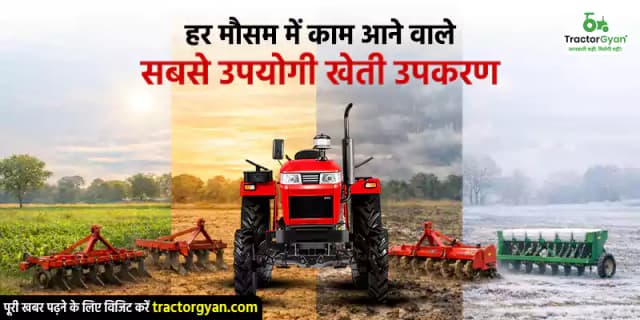
.webp&w=640&q=75)




.webp&w=2048&q=75)
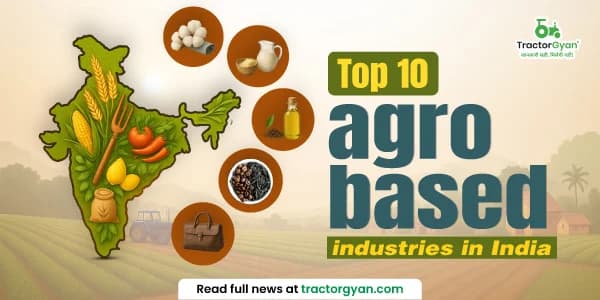
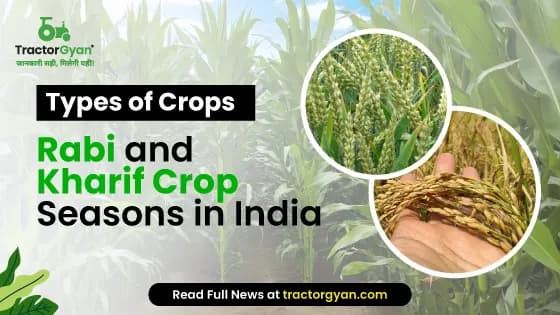
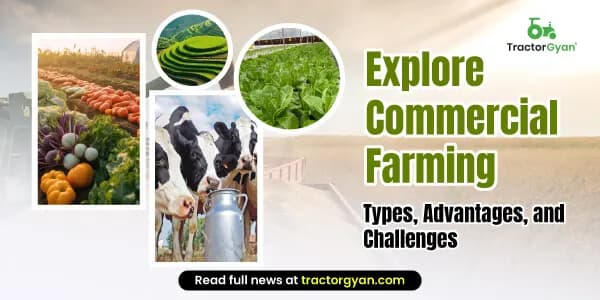

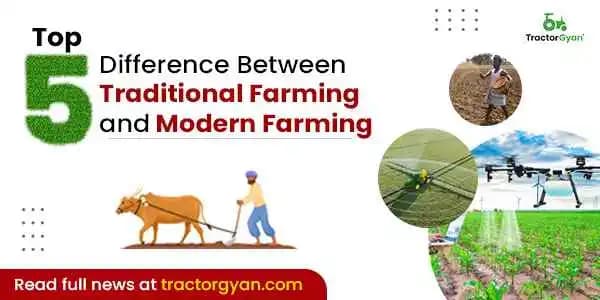
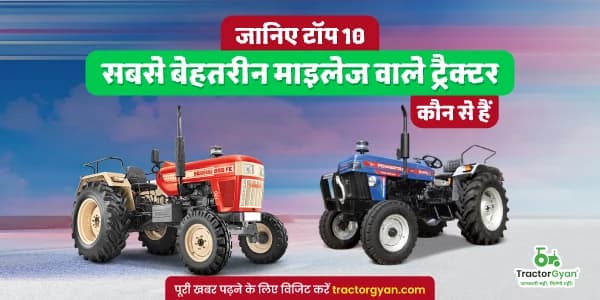



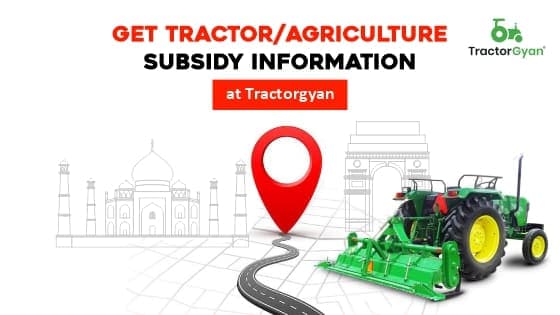
.webp&w=2048&q=75)
.webp&w=2048&q=75)



























